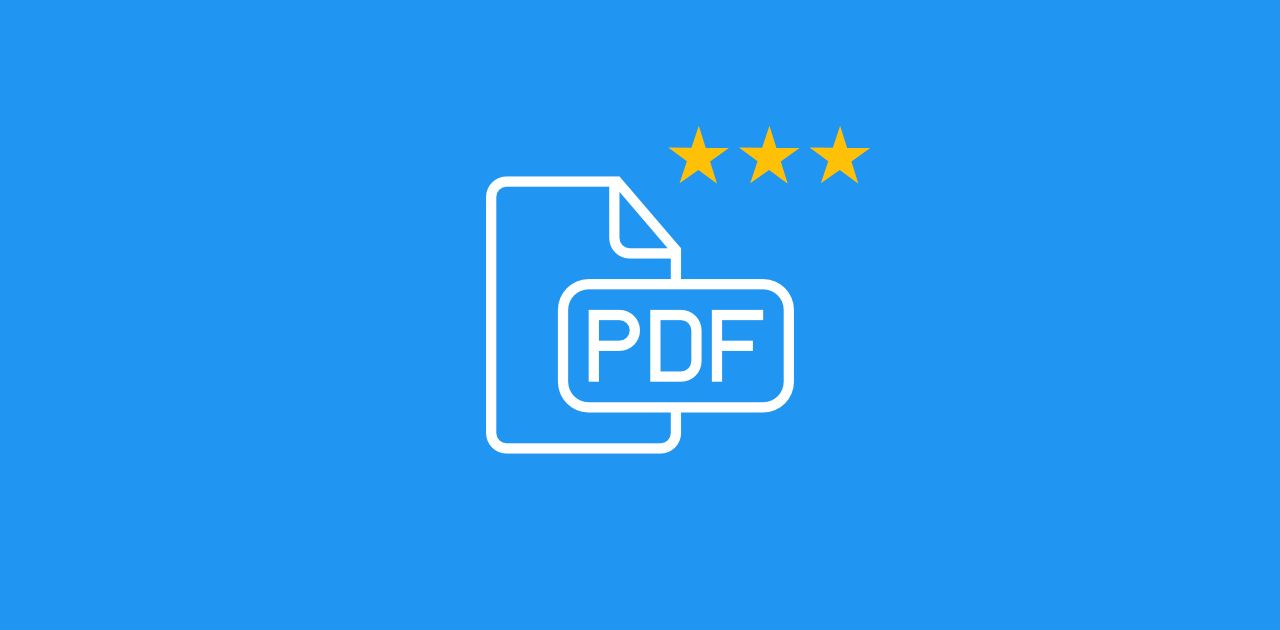
When editing a PDF or converting it to Word or PowerPoint, you may encounter issues like shifted images, inconsistent fonts, or lost layouts. While the tool used can sometimes affect PDF conversion quality, the root cause is often the PDF's source—how it was originally created.
Some PDFs are digitally born, while others are scanned images or merged files. The origin significantly impacts how effectively you can reuse and edit the content later.
PDF Quality: A Three-Tier Spectrum
🟢 1. High-Quality ("Digitally Born") PDFs
Created directly from Word, PowerPoint, Excel, or other software.
Why they're great:
- Preserve structured text and layout data
- Maintain fonts, images, and formatting intact
- Easy to edit and convert with high accuracy
These are the gold standard—precise conversion means what you get out looks like what you put in.
🟡 2. Medium-Quality PDFs
Often made from screenshots, older tools, or mixed sources.
What to expect:
- Some editable content remains
- You'll see occasional formatting issues
- Alignment might be off in conversions
These PDFs are workable—but you may need to clean up formatting or adjust layouts after conversion.
🔴 3. Low-Quality PDFs (Scanned or Image-Based)
Essentially photos of pages, with no real text to edit.
Challenges include:
- No editable text unless OCR is used
- Formatting is virtually nonexistent
- Conversions rarely look like the original
OCR can help—but only on legible scans. And even then, tools impose limits.
Converting to and from PDF
Converting Microsoft Office files to PDF is usually easy, with platforms like PDF2Go preserving layouts, fonts, and images for a professional result. Digitally born documents yield the best outcomes, trusted by major companies for consistent quality.
However, converting PDFs back to Word or PowerPoint is more difficult, as tools must estimate the original structure without Microsoft's proprietary formatting logic. Low-quality or scanned PDFs can exacerbate issues, making fully editable files harder to achieve.
| Conversion Type | Key Points | Potential Issues |
|---|---|---|
| Microsoft Office to PDF |
|
Minimal issues; High success rate with proper tools like PDF2Go or direct export |
| PDF to Word/PowerPoint |
|
|
How Can PDF2Go Help?
PDF2Go handles millions of PDF files daily—from pristine reports to faded scans. While our tools are optimized for digital PDFs, the outcome always starts with the source document:
- The better the PDF you start with, the better the results you'll get.
- If the file is damaged, poorly structured, or scanned, conversion accuracy may suffer.
- Our OCR tool is powerful, but image clarity remains a limiting factor.
PDF's Origin Matters for Better Conversion Results
- Set realistic expectations based on your PDF's source: The origin of your PDF significantly impacts conversion results.
- Scanned or old documents: PDFs from sources like a 2010 printer scan won't convert perfectly, regardless of the software used.
- Clean, recent digital files: A PDF created from a Word document recently will yield excellent results.
- When scanning old documents, follow PDF2Go's OCR tips.
✅ In Conclusion
The secret to flawless PDF editing and conversion? It starts before you hit "Upload." Choose a quality source whenever possible—digitally born PDFs give you the best conversions and pixel-perfect edits.
When working with scanned PDFs, be prepared to spend a bit of effort—or use OCR—to optimize the results. Properly scanned, straightened, high-contrast files typically convert much more accurately.
Ready to test your PDF's quality? Upload it to PDF2Go and let our tools show you exactly what's possible. Whether you're merging, compressing, or converting, we're here to help—starting with a good file.

